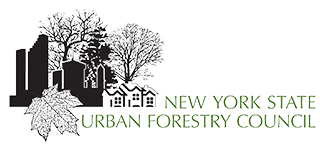Results from a Formal Survey of Urban Forest Management in New York State: Part 1, Program Status
Guest Contributor: Rebecca Hargrave, Associate Professor, SUNY Morrisville and a Ph.D. Candidate at UMass Amherst Part One of a Series Focusing on Urban Forest Management in New York State In 2021, many communities across New York State participated in a [...]









